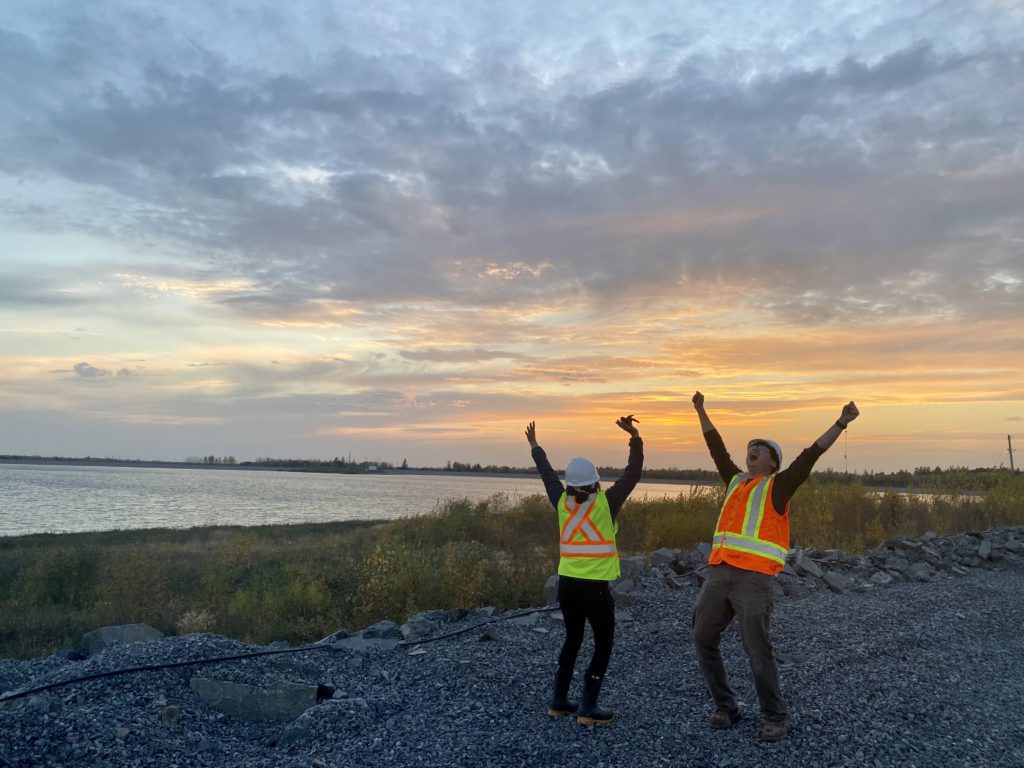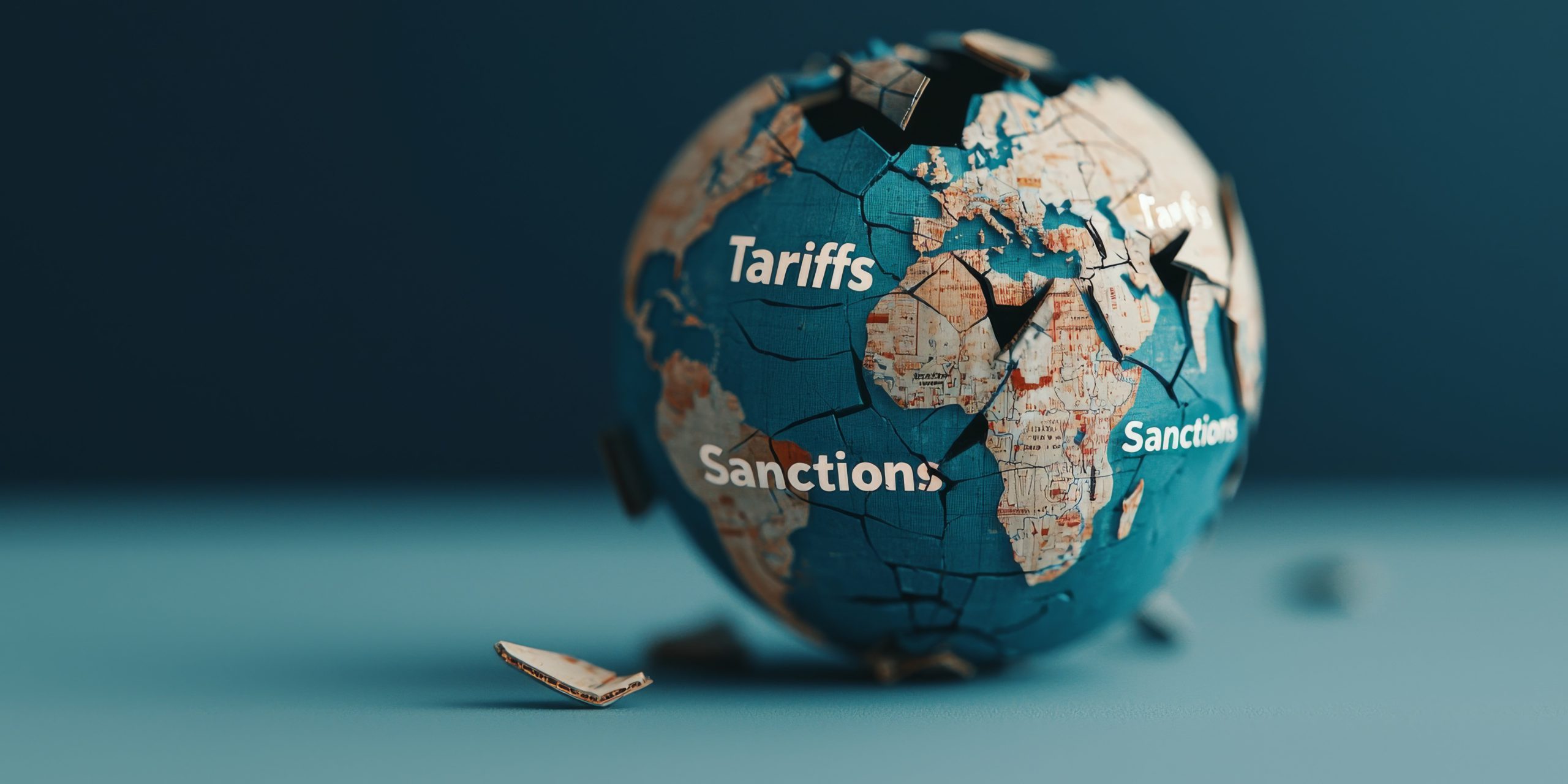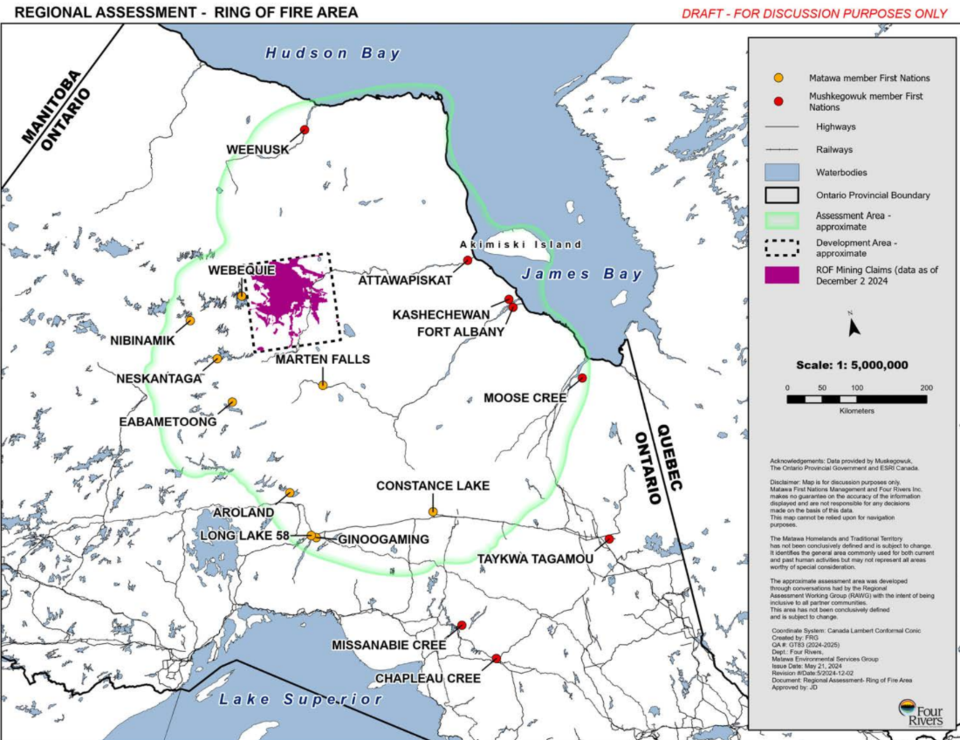The mining industry leads innovation in water treatment

“Why mining?” It is a question people often ask when they learn I am a water treatment expert focused on this sector. My response is often enthusiastically long, but the crux of my answer is this: The mining sector is as innovative as they come. In fact, this sector is typically at the leading edge of technological development. Mine water treatment is years — often even a decade or more — ahead of municipal water treatment or treatment in sectors such as agriculture and food production. This is, in part, because of the ever-increasing regulatory regime applied to mine water quality in Canada. The regulatory requirements mean the mining sector is always under pressure to develop and refine technologies to ensure compliance and to find new ways to bring existing contaminants to lower levels than currently possible. Additionally, as science progresses and knowledge around toxicology and bioaccumulation increases, there are new elements and compounds that enter scrutiny for treatment. Accordingly, we are continually assessing how existing technologies can work to treat “new” issues which they were not originally designed to address. The complex challenges this sector faces and the corresponding innovation with which it is always responding to those challenges make this a dynamic and fun sector to be part of.
So, what are some of the key aspects of mine water treatment that drive this innovation in technological advancement and development?
THE PROBLEM: Water contamination in mining
Mining operations inevitably interact with water in multiple ways, leading to potential contamination. Here are the main sources:
> Process water: Water is used in grinding and extraction processes. This water typically ends up in a tailings pond before being treated and released. Mines often perform partial treatment on these waters before they enter a tailings pond, addressing contaminants like cyanide or sulfides.
> Rock storage facilities: Both ore and sub-economic rock storage can lead to contamination. Rain and snow leach minerals from these rocks, sometimes causing oxidation and acidification.
> Exposed pit and underground mine walls: Newly exposed rock surfaces in pits or underground mines can leach and oxidize, contributing to water contamination.
> Blasting activities: Explosives used in mining contain ammonia and nitrate, which can contaminate water when they interact with rock.
> Infrastructure runoff: Unlike municipalities, mines must treat all water runoff from roads, parking lots, and laydown areas.
> Mine camps and personnel infrastructure: Water used in camps, including potable water and sewage, also requires treatment.
THE SOLUTION: Advanced water treatment
In the simplest terms, treatment needs are determined by comparing the targeted water quality for discharge to the actual water quality. If any constituent is exceeding the target, then it is a candidate for treatment. In Canada, the Canadian Council of Ministers of the Environment (CCME) provides the Canadian Environmental Quality Guidelines (CEQG), which apply after a specified mixing zone. Additionally, guidelines like the Metal and Diamond Mining Effluent Regulations (MDMER) and Coal Mining Effluent Regulations (CMER) apply to the “end of pipe” discharge. Provincial criteria may also apply.
Mining typically occurs in highly mineralized places. If the mineralized area is close to surface, then the water quality can sometimes be naturally elevated in metals and other elements. It is common for water in mineralized areas to naturally exceed targeted federal and provincial guidelines. In such cases, we need to develop site-specific guidelines to protect the environment while considering natural concentrations.
Why mining stands out
In Canada, mining abides by stricter water quality regulations than most other sectors, including agriculture, forestry, and municipalities. For example, mines must treat contact water to much cleaner levels than municipalities treat sewage before discharging. They also often need to collect, test, and treat water from roadways and parking lots, which municipalities generally do not. This rigorous regulatory environment drives innovation, pushing mining companies to develop and implement advanced water treatment technologies.
How do you treat water?
Different jurisdictions use various guidance on how to develop site-specific targets and identify treatment candidates. For example, in British Columbia, if a constituent is predicted to surpass 80% of the target regulated concentration, it is flagged for screening by a “Best Achievable Technology (BAT)” process. This process helps to identify appropriate treatment or mitigation approaches for the potential contaminant.
There are two main methods for treating water: Transfers and transformations.
Transfers: Transfers move contaminants from one place to another without changing their form. Examples of commonly used transfers are membrane separation, ultrafiltration, and reverse osmosis. Transfers are effective but require a plan for disposing of the concentrated contaminants to prevent recontamination. Unless you can pair it with a transformation, you will need to manage the disposal. Constituents have not changed form, only changed their location, so a disposal plan is required to remove the risk of recontamination. Not all constituents behave the same way or can be treated with the same transformations. You need to know the properties of the constituent and the conditions necessary to undergo the transformation you are targeting.
Transformations: Transformations change the fundamental properties of contaminants through chemical or biological reactions. Transformations can make contaminants more stable and easier to manage. An example of a commonly used transformation is the biological oxidation of cyanide to ammonia to nitrate or reduction of nitrate to nitrogen gas (the most common gas in our atmosphere).
Transfers and transformations are often paired together in water treatment. For example, microbes can reduce sulfate to sulfide, which then bind with metals such as copper and zinc to form stable, insoluble compounds that can be filtered.
Leading the way in water treatment innovation
Mining must meet more stringent discharge criteria than other sectors, which drives innovation in water treatment. One would think that the amount of selenium coming off sewage treatment system into a river would have equally stringent regulations as selenium coming from a mine. This is not the case. However, this pressure is driving innovation in mine water treatment at a pace that is unparalleled. In some cases, such as the case of selenium, the mining sector is also advancing analytical detection methods for the contaminants because the available methods were not sufficiently sensitive and accurate to meet their guidelines reproducibly. This need for high precision and effective treatment has pushed mining to the forefront of water treatment technology.
How can we do better?
Mining is already leading the way in water treatment technology, but there is always room for improvement. Here are some ideas:
> Celebrate the wins: Publicize advanced practices and technologies to amplify the sector’s leadership, strengthen public trust, and allow other sectors to adopt them and improve to the standards we hold mines to in Canada.
> Share the science: Continue to distribute evidence-based information publicly.
> Improve source control: An ounce of prevention is worth a pound of cure. Treatment may seem more impressive as it “fixes’ a problem,” but prevention is even better. Mines continue to innovate in this area alongside water treatment.
> Decentralize treatment: Use co-management or segregation to enable more effective, localized treatment. This will also help to transition mines into closure more easily.
> Decarbonize water treatment: Reduce greenhouse gas (GHG) emissions by using newer technologies that replace traditional methods, like lime treatment.
> Fast-track technology maturation: Technology readiness assessments and technology maturation plans streamline new technology development. They facilitate communication and permitting, bringing technologies to implementation more quickly and cost-effectively.
Innovation highlight: Gravel bed bioreactors
Gravel bed bioreactors (GBBRs) are a technology known by several different names. Sometimes they are called gravel bed reactors (GBRs), rock bed bioreactors (RBBRs), or a similar variation. The author developed North America’s first full-scale GBBRs for the treatment of metals and nitrate from mine water at a mine in Ontario. There are now two GBBRs operational, from 2019 and 2020, respectively. While many technologies get side-tracked by “interesting research” that does not align with getting technology to market, these systems went from technology readiness level (TRL) 6 through 8 in less than two years. Testing included trials at bench-scale (laboratory) and column-scale (off-site climate controlled and on-site using actual conditions). These tests were planned to specifically address risks and information gaps to advance the technology. This technology maturation plan (TMP) focused on the maturing of the technology for implementation and permitting, which was critical to its rapid success. These GBBRs each treat approximately 20,000 m3/day of water from either a tailings pond or neutralized water from a potentially acid-generating rock stockpile. Dissolved metals treated can be as high as 3 mg/L copper or 4 mg/L zinc, paired with 10 to 30 mg/L nitrate. The GBBR has been operated side by side with a conventional low-density sludge system (LDS). Not only did the GBBR outperform the LDS for metals treatment because of metal-cyanide complexes that only the GBBR could treat, but also performed nitrate treatment in the same step. These cost savings are significant but can also yield an approximately 2,000 t/y decrease in GHG emissions compared to the conventional LDS treatment. The mBio GBBRs are now at a TRL-8 for many constituents, such as nitrate, copper, and zinc. Maven Water & Environment is expanding the implementation of their mBio systems across Canada and for a wider range of constituents.
Conclusion
Water treatment is a complex and crucial part of the mining industry. It requires site-specific consideration, and there is no one-size-fits-all solution. This, and the stringent guidelines being imposed on the sector, have put mining at the forefront of water treatment leadership. Understanding the basics of contamination sources, treatment needs, and treatment methods can help us appreciate the innovation driving this sector. With ongoing advancements and a focus on continuous improvement, the mining industry has set a standard for water treatment that other sectors can follow.
Dr. Monique Simair is a globally recognized leader in passive and semi-passive water treatment for the mining sector, including bioreactors, constructed wetlands, in situ treatment, and contaminant source control methods. She is the founder and CEO of Maven Water & Environment (www.mavenwe.com) and can be contacted at monique@mavenwe.com.





Comments